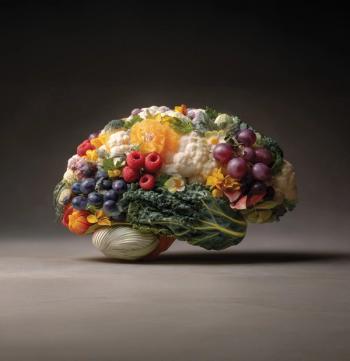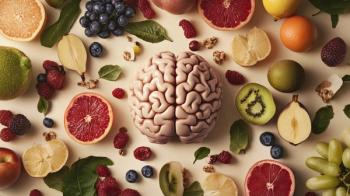
|Slideshows|March 7, 2019
East Meets West: 6 Tips for Incorporating CAM Into Psychiatry
Author(s)James Lake, MD
An integrative integrative psychiatrist provides practical guidance for incorporating complementary and alternative medicine into psychiatric practice in the treatment of severe mental illness.
Advertisement
Newsletter
Receive trusted psychiatric news, expert analysis, and clinical insights — subscribe today to support your practice and your patients.
Advertisement
Latest CME
Advertisement
Advertisement
Trending on Psychiatric Times
1
From Approval to Practice: How Has Cobenfy’s New Mechanism of Action Impacted Psychiatry?
2
Fast Track Designation Granted: ML-007C-MA for Alzheimer Disease Psychosis
3
Presenting Our January 2026 Theme: Consultation Liaison Psychiatry
4
The Winners of the Hanusol Contest for Peace: Ben Scherban, MD, and Kenneth Fung, MD
5

















